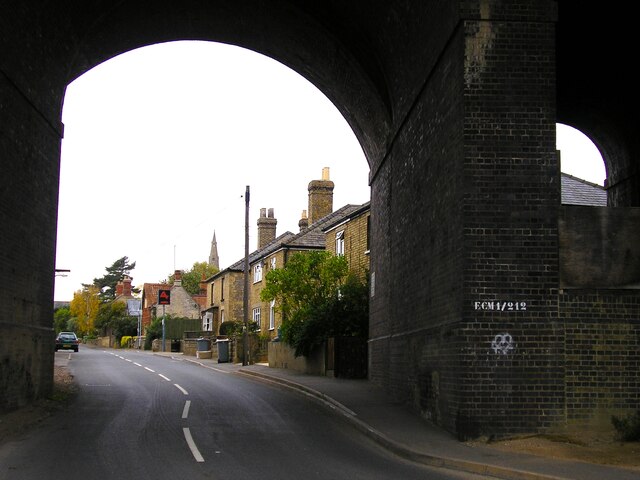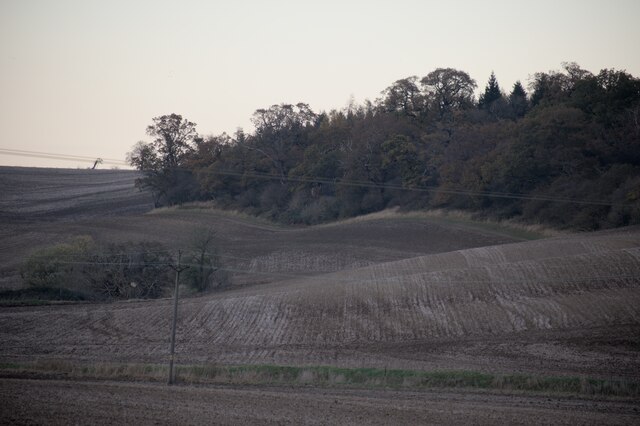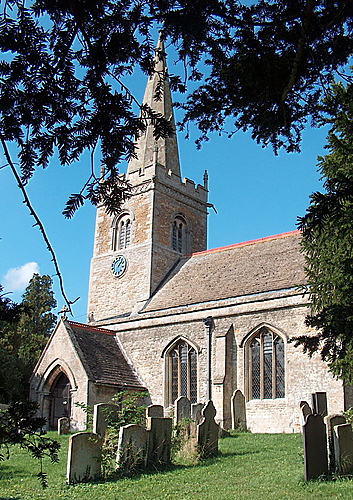Little Bytham
Settlement in Lincolnshire South Kesteven
England
Little Bytham

Little Bytham is a small village located in the county of Lincolnshire, England. Situated near the border of Rutland, it is part of the South Kesteven district. The village is nestled amidst picturesque countryside, which includes rolling hills, open fields, and charming meadows.
Little Bytham boasts a rich history that can be traced back to the Roman era. Evidence of Roman settlements has been discovered in the area, including pottery fragments and coins. Over the centuries, the village has evolved and developed, with a population of around 500 residents.
The village is home to a number of notable landmarks, one of which is the Grade II listed St. Medard's Church. This beautiful medieval church features a tower dating back to the 13th century and is renowned for its stunning stained glass windows.
For nature enthusiasts, Little Bytham offers ample opportunities for outdoor activities. The village is surrounded by scenic walking trails, which provide breathtaking views of the Lincolnshire countryside. Additionally, the nearby River Witham offers fishing opportunities for angling enthusiasts.
Little Bytham has a small but close-knit community, with a local primary school, village hall, and a pub serving as social hubs. The village also hosts various events throughout the year, including a summer fete and a Christmas market, fostering a strong sense of community spirit.
Overall, Little Bytham is a tranquil and idyllic village, offering a peaceful retreat for those seeking a rural escape in the heart of Lincolnshire.
If you have any feedback on the listing, please let us know in the comments section below.
Little Bytham Images
Images are sourced within 2km of 52.750894/-0.498201 or Grid Reference TF0118. Thanks to Geograph Open Source API. All images are credited.







Little Bytham is located at Grid Ref: TF0118 (Lat: 52.750894, Lng: -0.498201)
Division: Parts of Kesteven
Administrative County: Lincolnshire
District: South Kesteven
Police Authority: Lincolnshire
What 3 Words
///commander.stay.partner. Near Clipsham, Rutland
Related Wikis
St Medardus and St Gildardus Church, Little Bytham
The church of St Medardus and St Gildardus in Little Bytham, Lincolnshire, England, is a Grade I listed building. It is dedicated to two 6th-century French...
Little Bytham
Little Bytham is a village and civil parish in the South Kesteven district of Lincolnshire, England. The population of the civil parish at the 2011 census...
Little Bytham railway station
Little Bytham railway station was a station in Little Bytham, Lincolnshire on the Great Northern Railway main line. It closed in 1959. The Midland and...
Creeton
Creeton is a village in the civil parish of Counthorpe and Creeton in the South Kesteven district of Lincolnshire, England. It is situated 3 miles (5 km...
Nearby Amenities
Located within 500m of 52.750894,-0.498201Have you been to Little Bytham?
Leave your review of Little Bytham below (or comments, questions and feedback).











